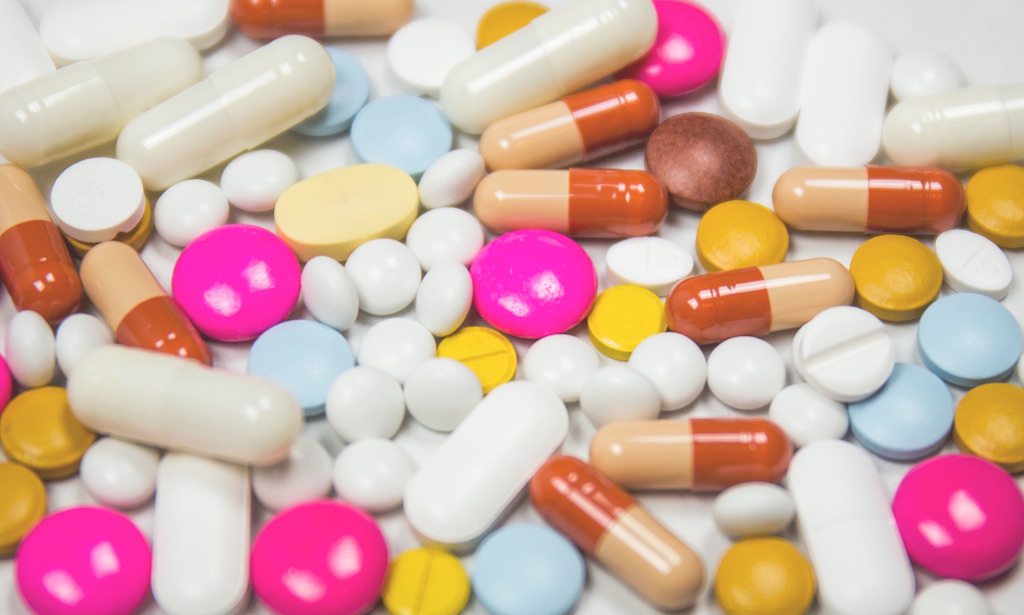
Stunted growth. A new rule limiting the use of antibiotics in animal agriculture has now taken effect. As of January 1st, reports STAT, the Food and Drug Administration (FDA) will restrict the on-farm use of “medically-important” antibiotics—the ones used in human medicine.
Specifically, the rule is meant to discourage antibiotic use in animals that aren’t actually sick. Producers often administer antibiotics pre-emptively to their herds and flocks, since they help promote faster growth and prevent the spread of disease in crowded, stressful conditions. But the fear is that such blanket applications create drug-resistant strains of bacteria, ultimately limiting the effectiveness of antibiotics in agriculture and in the human population.
Under the new rules, it will no longer be “appropriate” to give antibiotics to a healthy animal for growth promotion, and feed stores aren’t allowed to sell them in bulk over the counter anymore. Farmers will now have to ask a veterinarian for a prescription.
“FDA believes that production use indications such as “increased rate of weight gain” or “improved feed efficiency” are no longer appropriate for the approved conditions of use for medically important antimicrobial drugs. In contrast, FDA considers uses that are associated with the treatment, control, and prevention of specific diseases to be therapeutic uses that are necessary for assuring the health of food-producing animals,” said the agency in its Guidance for Industry #213.
“Before this came about, you could go to a veterinary feed supply store and basically buy an 80-pound bag or 100-pound bag of antibiotics without a prescription, whereas to get 200 grams of that would require a prescription for human use. And that did not make any sense at all,” Ramanan Laxminarayan, director of the Center for Disease Dynamics, Economics and Policy, told STAT.
But critics say the new rules don’t go far enough. Though the new FDA rules do specifically ban antibiotics for growth promotion, they don’t address the other common use: disease prevention. That means that producers can keep using them in water and feed to promote general health.
“Because Guidance No. 213 seeks to end only growth-promotion uses, it fails to address the greatest share of the problem,” writes the National Resources Defense Council, the Center for Science in the Public Interest, and others in a citizen petition to FDA. The petition goes on to say: “Growth-promotion uses account for only 10-15 percent of livestock antibiotic use. Disease-prevention uses constitute a significant fraction of the remainder….Growth-promotion and disease-prevention uses are similar: both involve low doses of antibiotics administered to entire herds or flocks over long periods of time. In some caseits, the doses approved for growth-promotion purposes for a particular antibiotic are identical to those approved for disease-prevention purposes. Thus, even if growth-promotion uses are phased out in name, they may continue under the banner of disease prevention.”
The FDA has extended the comment period on Guidance #213 until March 13.










